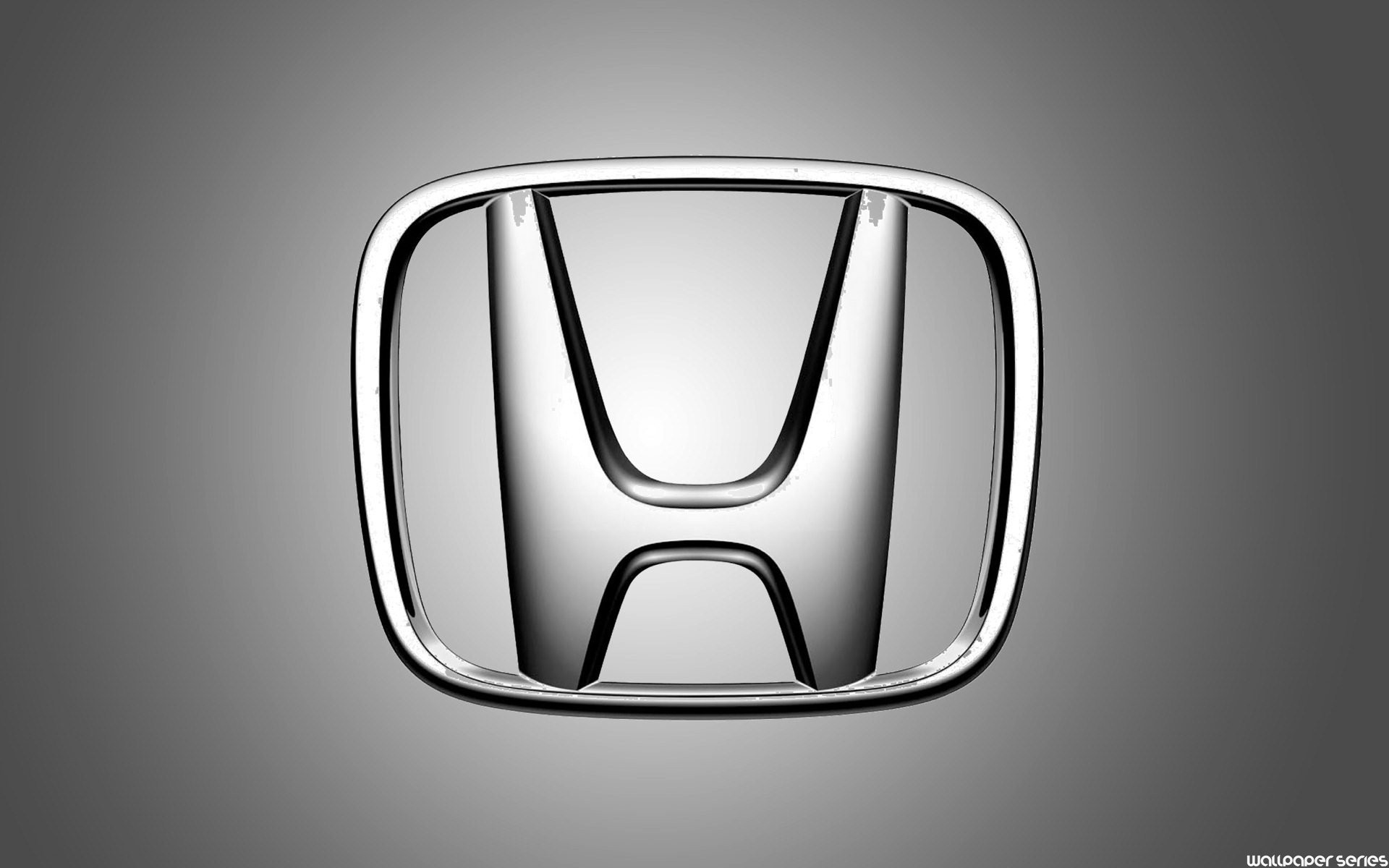Honda Porsche fan wrote: ↑27 Oct 2022, 19:44
Hoffman900 wrote: ↑27 Oct 2022, 16:31
Honda Porsche fan wrote: ↑27 Oct 2022, 16:28
Automakers have proven that with the added strength of CGI the blocks can be made smaller and lighter than aluminum.
False and if they did, the OEM race programs would be using it. I’m not really sure why you keep beating this horse… like what’s your agenda in continuing to ignore modern motorsports examples?
Besides size and weight, most motorsports programs are time constrained and aluminum is much more machinable, repairable, and quicker to make R&D changes on. It’s a win-win.
Not true. Every Nascar team uses CGI engine blocks and can go a entire season, over 15,000 miles on the same block...
"Nearly all NASCAR teams are running CGI engine blocks, or blocks with CGI liners. These liners are usually plated with a hard-surface coating. It has been reported that some NASCAR teams are able to run a whole season without having to re-bore the blocks."
"A recent 500cc Suzuki Grand Prix motorcycle engine had a crankcase fabricated from CGI. Nothing is put on these racing machines that would pose any kind of a weight penalty, and this is an extreme example showing the real potential of CGI applications."...
https://www.competitiveproduction.com/a ... hite-iron/
Same block, but serviced multiple times over that period. Again, NASCAR requires an iron block.
MotoGP hasn't used 500cc bikes since 2003. That's 19 years ago, soon to be 20. There is a reason it never caught on.
Digging around, here is something I put together for another site:
Honda NSX. 3.5L Turbo V6. 500hp from 6500-7500rpm, 405lb-ft from 2000-6000rpm. They mention a conventional iron bore sleeve would need 2.5mm (0.098in) between it and the water jacket. A 0.2mm (0.008in) Fe spray was applied, thus closing it up some. They now have 11mm (0.43in) in the bore bridge, including water jacket. 3.6in (91.4mm) bore size. This is a linerless block. All aluminum.
The Ford RY45 (large displacement, aluminum block developed by Roush Yates from the NASCAR FR9 for Late Model and off road trucks) has 4.500 (114.3mm) bore spacing and a max bore of 4.250" (107.95mm). My math shows it has a bore bridge of 0.250" (6.35mm) and no cooling jackets in them. So that would be a liner thickness of 0.125in (3.175mm). This engine in development, made 901hp @ 7500rpm and 692 ft-lbs at 6200rpm. 436ci and 14.5:1 compression. They found a peak of 135 bar was too high for the short block components they designed, so they tuned for an average pressure of 105 bar, noting it could be higher with more robust short block components. There was a package shared this summer of this platform that made 958hp @ 8500rpm and 657 lb-ft at 6600rpm. 438ci and 15:1 compression, so I can imagine peak cylinder pressures aren't too much higher than the test engine, just rpm has moved up.
The Audi R4 TFSI DTM engine makes > 570bhp from 6500-9000rpm, and 590bhp at peak. Boost limited to 3.5 bar and fuel flow limited to 90kg/hr. It is allowed a 100kg/hr fuel flow rate push to pass that boosts power to 644hp. The bore bridge has a distance of 9mm (0.35in) and a bore spacing of 97mm (3.89in) on a 88mm bore (3.46in). I don't believe there is a water jacket in the bridges, so this would result in a liner thickness of 4.5mm (0.177in). Because they run these engines at AFR of 16:1 to 20:1, they are built to be knock resistant. It seems they rule detonation as anything in excess of 300 bar, but these are over 200bar combustion events, maybe higher, seems to be a more realistic design number (just my guess). These engines are designed to go 4000 miles between rebuilds, have a 40.5-42% Brake Thermal Efficiency, and can "cope with more than 5000 severe (300 bar + ?) knock events before damage becomes a limiting factor" - Race Engine Technology, January 2022 issue. This is a linerless, A356Cu alloy block.
Here is the Honda F1 V6. Peak cylinder pressures well north of 200bar, but 1.6L V6 hybrid, fuel flow limited to 100kg/hr, making in excess of 1000hp peak. Even leaner afr to the Audi engine and need to be just as knock resistant. Brake Thermal Efficiency approaching 50% and have to go 1500 miles plus. They are also a structural component of the chassis in these cars. I don't know the alloy, but pictures show an aluminum block with a pressed(?) in liner.
The Audi LMP Diesel program also had an alloy block, with no liner, steel pistons, also a structural component of the chassis, and were also well north of 200 bar with rapid combustion (which is hard on parts).
As a comparison, the naturally aspirated V8s were just over 100bar peak cylinder pressure. The loads on these fuel limited, Miller Cycle, rapid combustion engines is very high and sharp.
As for iron blocks in NHRA Pro-Stock, NHRA requires cast blocks from OEM. It's been stated by builders themselves that a properly designed billet aluminum would work just as well, but NHRA won't allow it, so why even bother? The Audi LeMans engines are consuming 0.3L / 1000km of oil, so clearly the bores can be made to hold roundness when designed properly in aluminum, even at cylinder pressures well beyond NHRA Pro Stock (which would be just over 100 bar).
I'm really struggling to see why you are so vested in making this argument.

